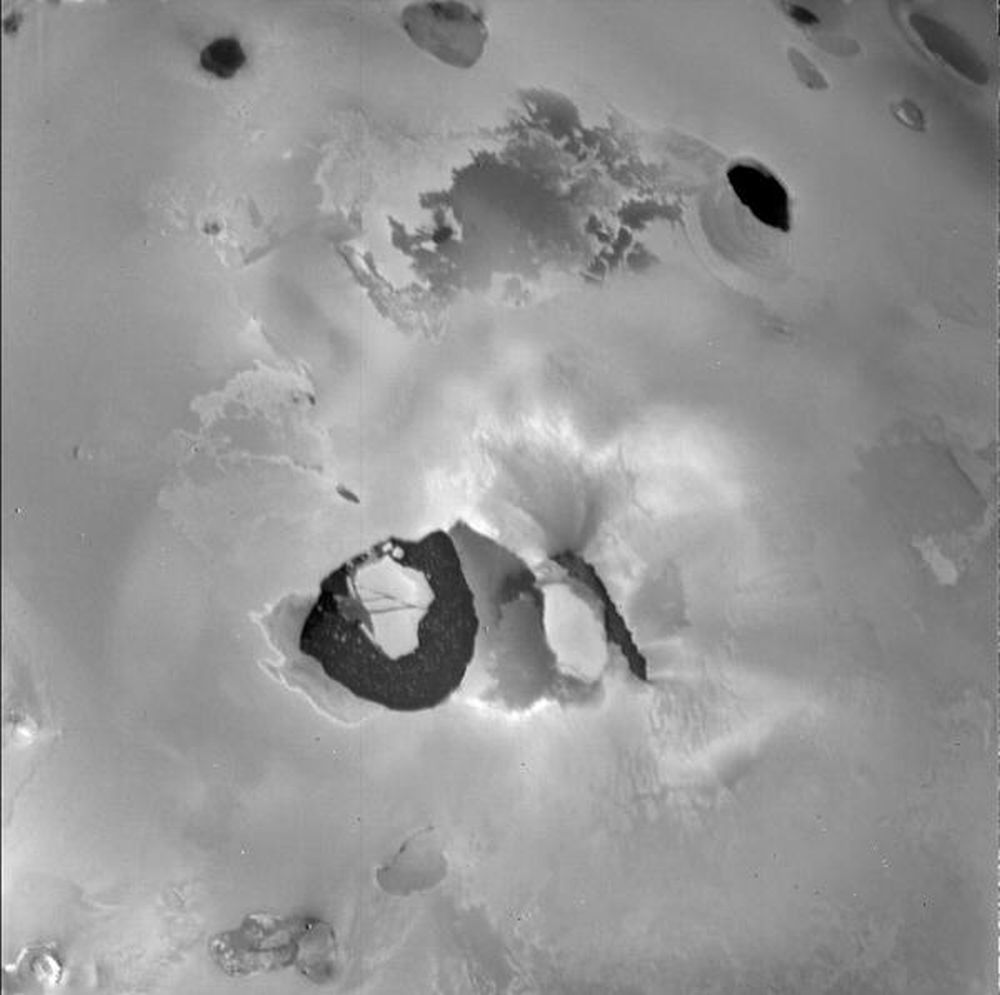Jupiter’s moon Io is in stark contrast to the other three Galilean moons. While Callisto, Ganymede, and Europa all appear to have subsurface oceans, Io is a volcanic world, covered with more than 400 active volcanoes. In fact, Io is the most volcanically active body in the Solar System.
Io’s largest volcano is named Loki, after a God in Norse mythology. It’s the most active and most powerful volcano in the Solar System. Since 1979, we’ve known that it’s active and that it’s both continuous and variable. And since 2002, thanks to a research paper in the Geophysical Research Letters, we’ve known that it erupts regularly.
The first author in the 2002 paper was Julie Rathbun, who is now a Senior Scientist with the Planetary Science Institute. Now Rathbun has presented a poster on Loki at the Division for Planetary Sciences of the American Astronomical Society’s 51st annual meeting. According to Rathbun, Loki is due to erupt again any day now.
“If this behavior remains the same, Loki should erupt in September 2019…”
Julie Rathbun, pLANETARY sCIENCE inSTITUTE
Loki is large enough that Earth-based telescopes can see it. In the poster, Rathbun and the other author, J.R. Spencer, say that between 1988 and 2000 Loki interrupted every 540 days. For about half of those days Loki was bright, while the other half Loki was dimmer by an order of magnitude. In the decade after that, observations were rarer and there seemed to be no periodicity to Loki’s activity.
Beginning in 2013, however, Loki again showed periodicity. This time, it appeared to erupt every 475 days for 160 days. What does all this mean?
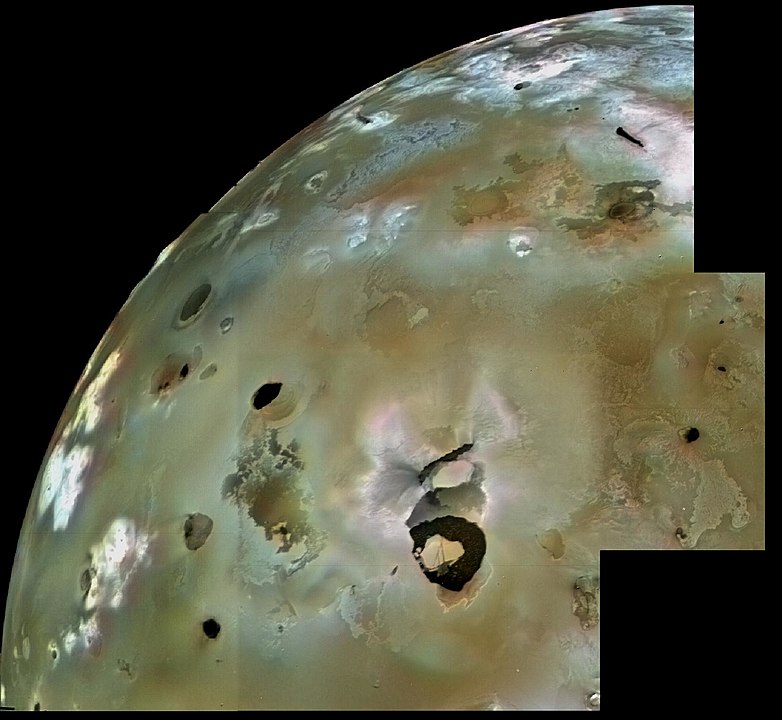
In a press release from the Planetary Science Institute, Rathbun said, “If this behavior remains the same, Loki should erupt in September 2019, around the same time as the EPSC-DPS meeting in Geneva. We correctly predicted that the last eruption would occur in May of 2018,” said Rathbun, who presented her poster “Io’s Loki volcano: An explanation of its tricky behaviour and prediction for the next eruption” on Sept. 17 at the Division for Planetary Sciences of the American Astronomical Society’s 51st annual meeting in Geneva, Switzerland.
If Loki does erupt when Rathbun predicts it should, it would be a pretty impressive piece of scientific prediction. Volcanoes are inherently difficult to predict. There are lot of variables to a volcano, and of course, much of what drives a volcano’s behaviour is hidden underground.
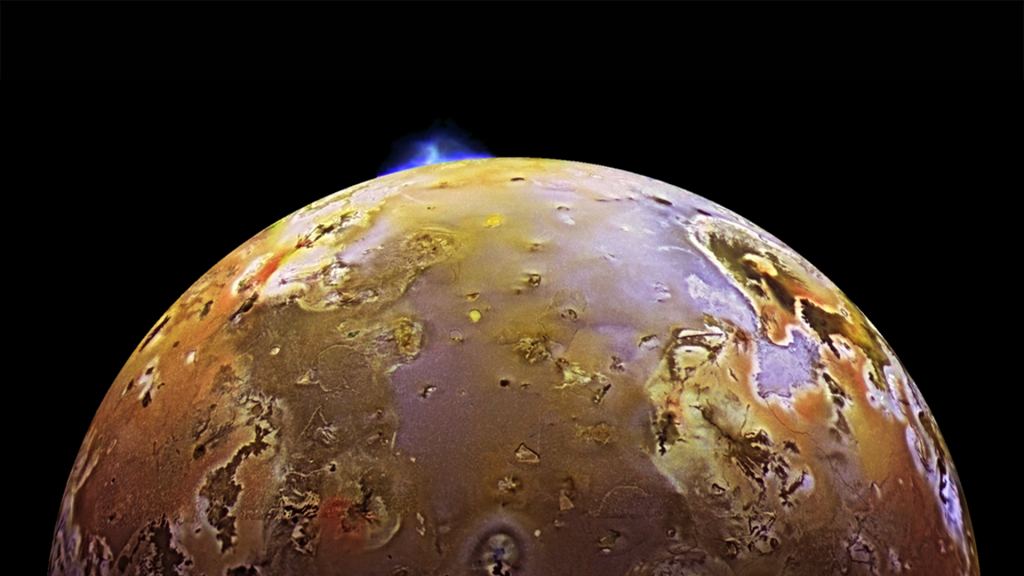
All of that is true of Loki, plus, it’s also on a moon orbiting a planet that’s almost a billion kilometers away, at its furthest.
“Volcanoes are so difficult to predict because they are so complicated. Many things influence volcanic eruptions, including the rate of magma supply, the composition of the magma – particularly the presence of bubbles in the magma, the type of rock the volcano sits in, the fracture state of the rock, and many other issues,” Rathbun said.
Rathbun thinks that Loki’s size contributes to its predictability. Basic physics can overwhelm some of the smaller factors she mentions.
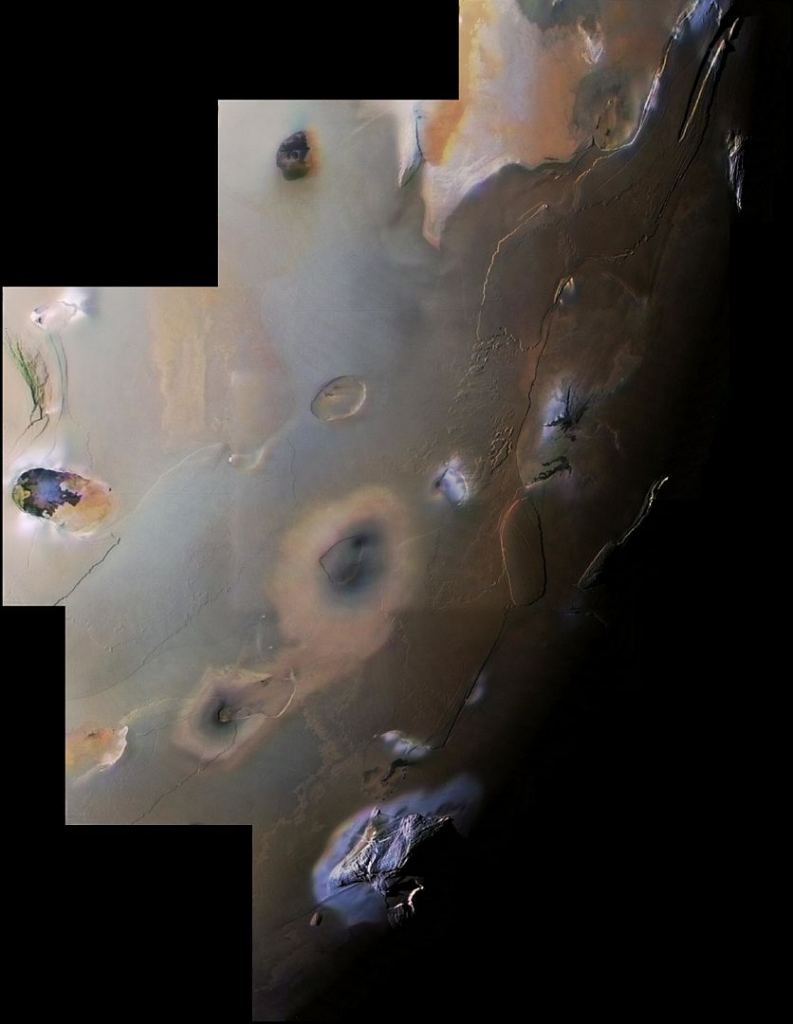
“We think that Loki could be predictable because it is so large. Because of its size, basic physics are likely to dominate when it erupts, so the small complications that affect smaller volcanoes are likely to not affect Loki as much,” Rathbun said.
“However,” Rathbun said, “You have to be careful because Loki is named after a trickster god and the volcano has not been known to behave itself. In the early 2000s, once the 540 day pattern was detected, Loki’s behavior changed and did not exhibit periodic behavior again until about 2013.”
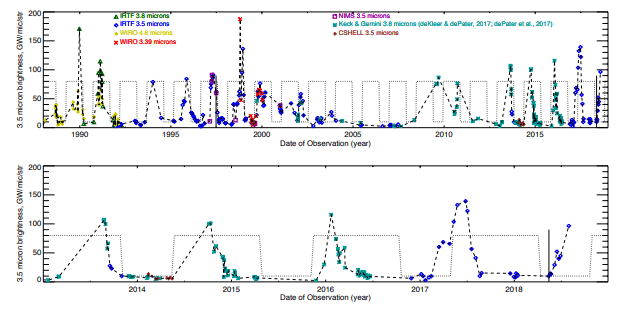
Loki, also called Loki Patera, is massive. It’s 202 kilometres (126 mi) in diameter. It’s actually a type of feature known as a lava lake, a depression that’s partially filled with molten rock, with a thin solid crust. It’s directly connected to a reservoir of magma below it.
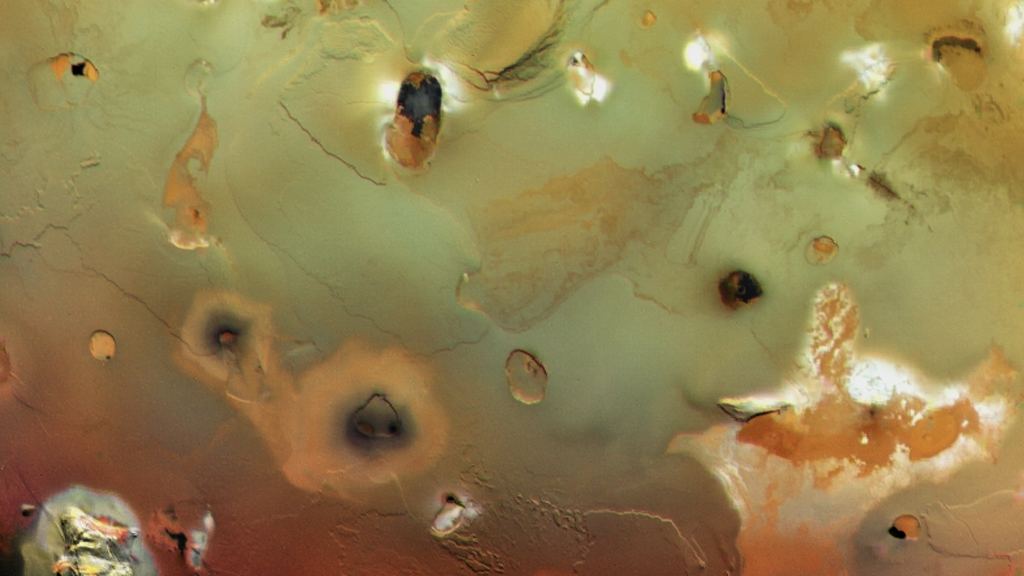
In their poster, Rathbun and Spencer say that Loki’s changing periodicity may be due to an overturning crust. When it erupts, magma from the reservoir below spreads lava out over the surface of the lake at a rate of about 1 kilometer (0.6 mi) per day. As that lava cools, it solidifies, forming a new solid crust. Eventually that crust becomes unstable, triggering a new eruption, starting the sequence again. The change in periodicity could be due to changes in the porosity of the lava, making each new crust more or less stable.
For now, that’s just a model, though it’s a good one that does explain the changing periodicity of Loki Patera. If it does erupt in the next few days, like Rathbun and Spencer predict, then the model becomes that much stronger.

